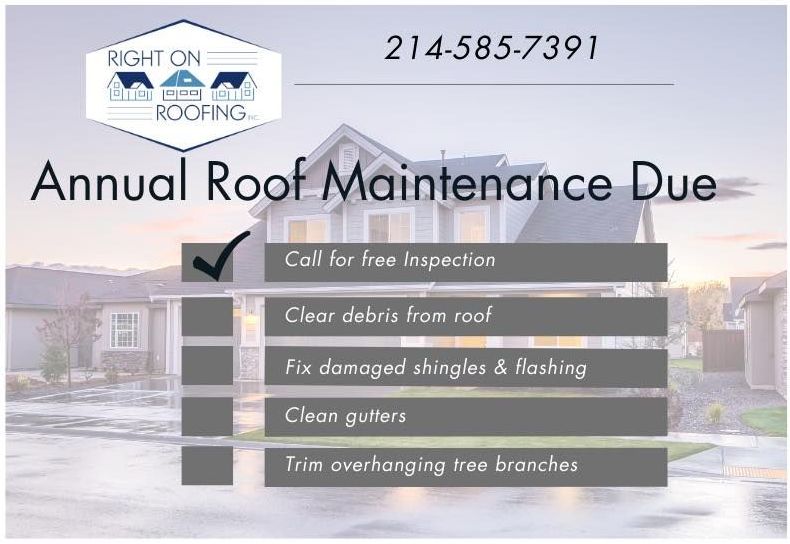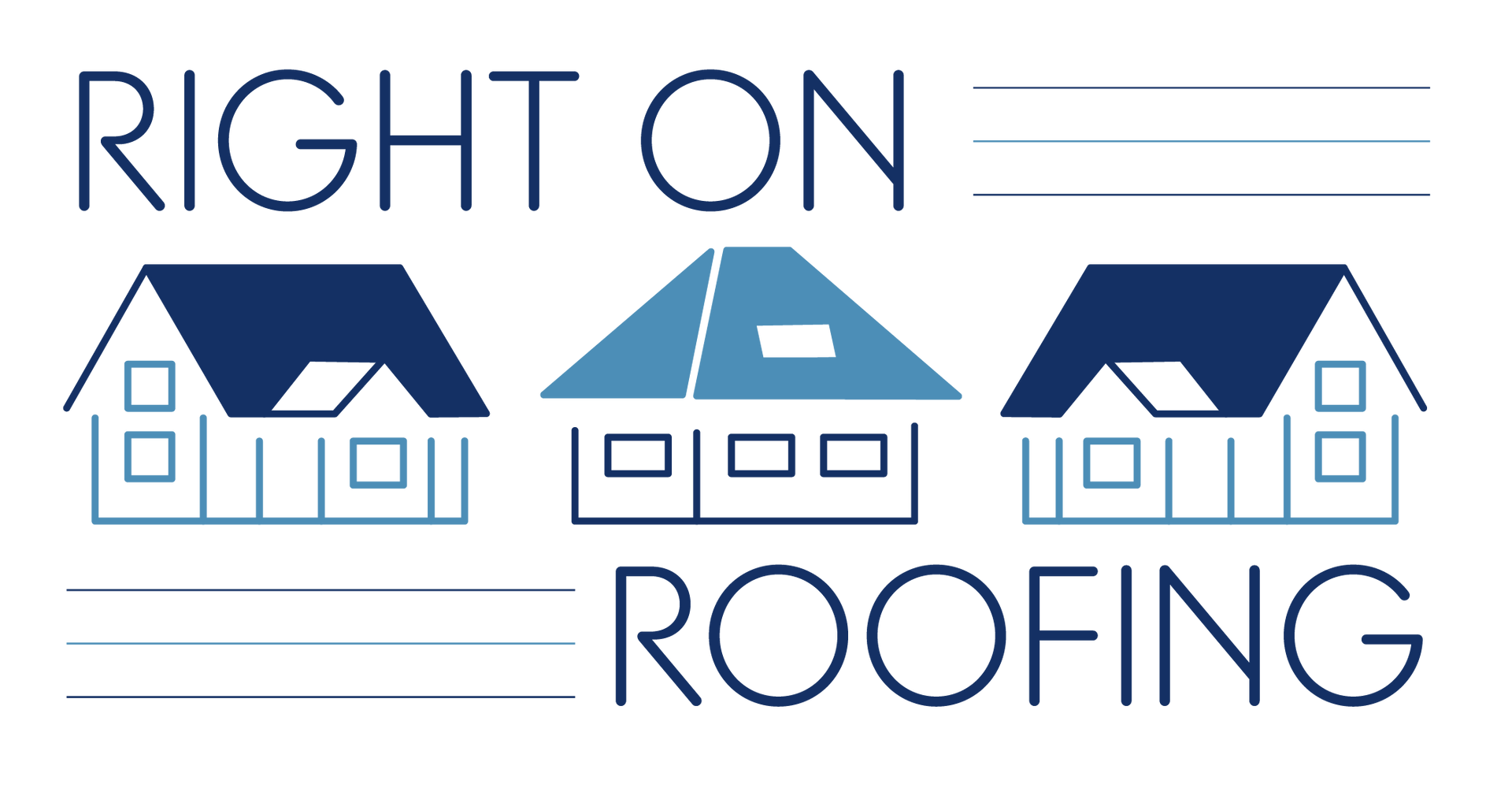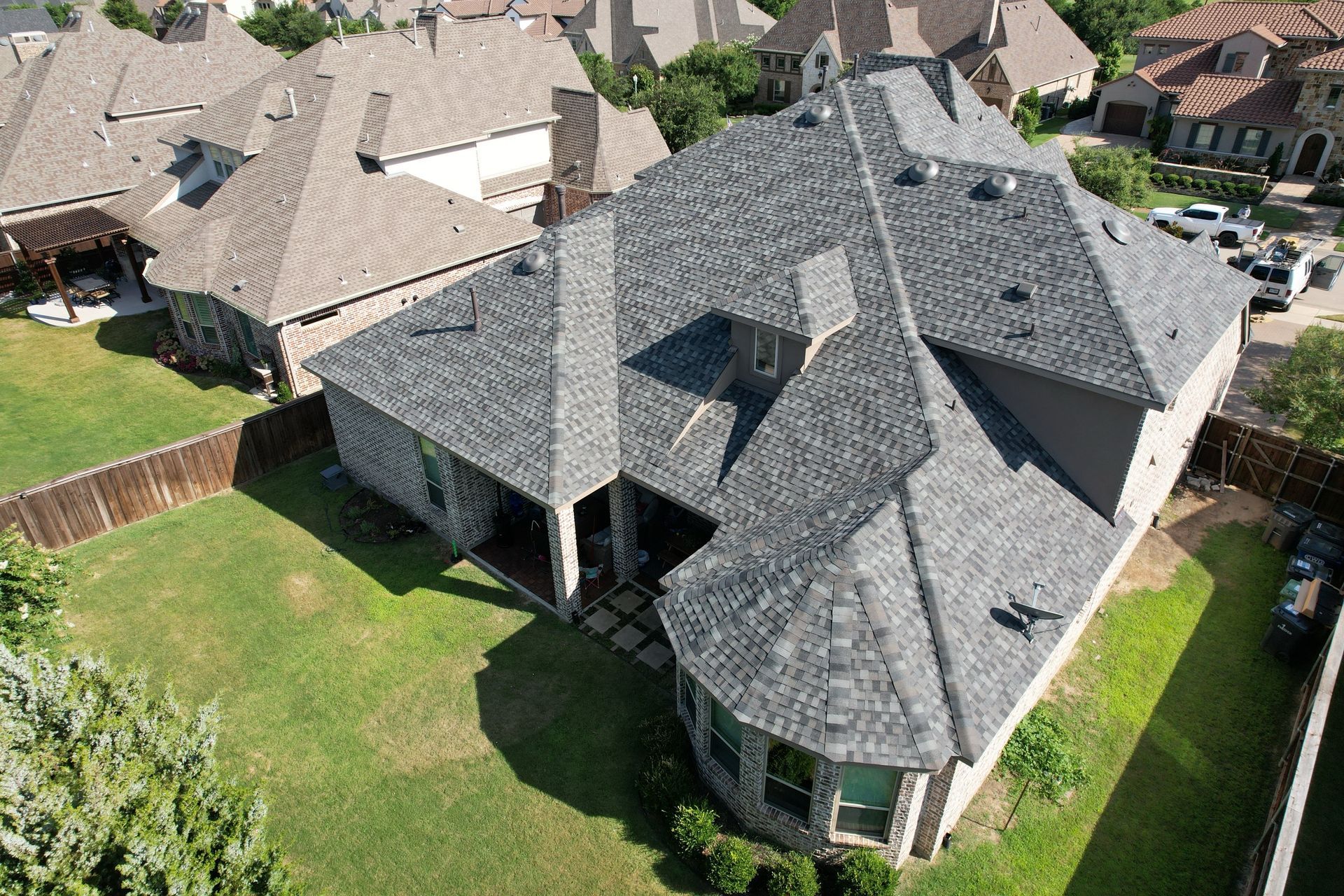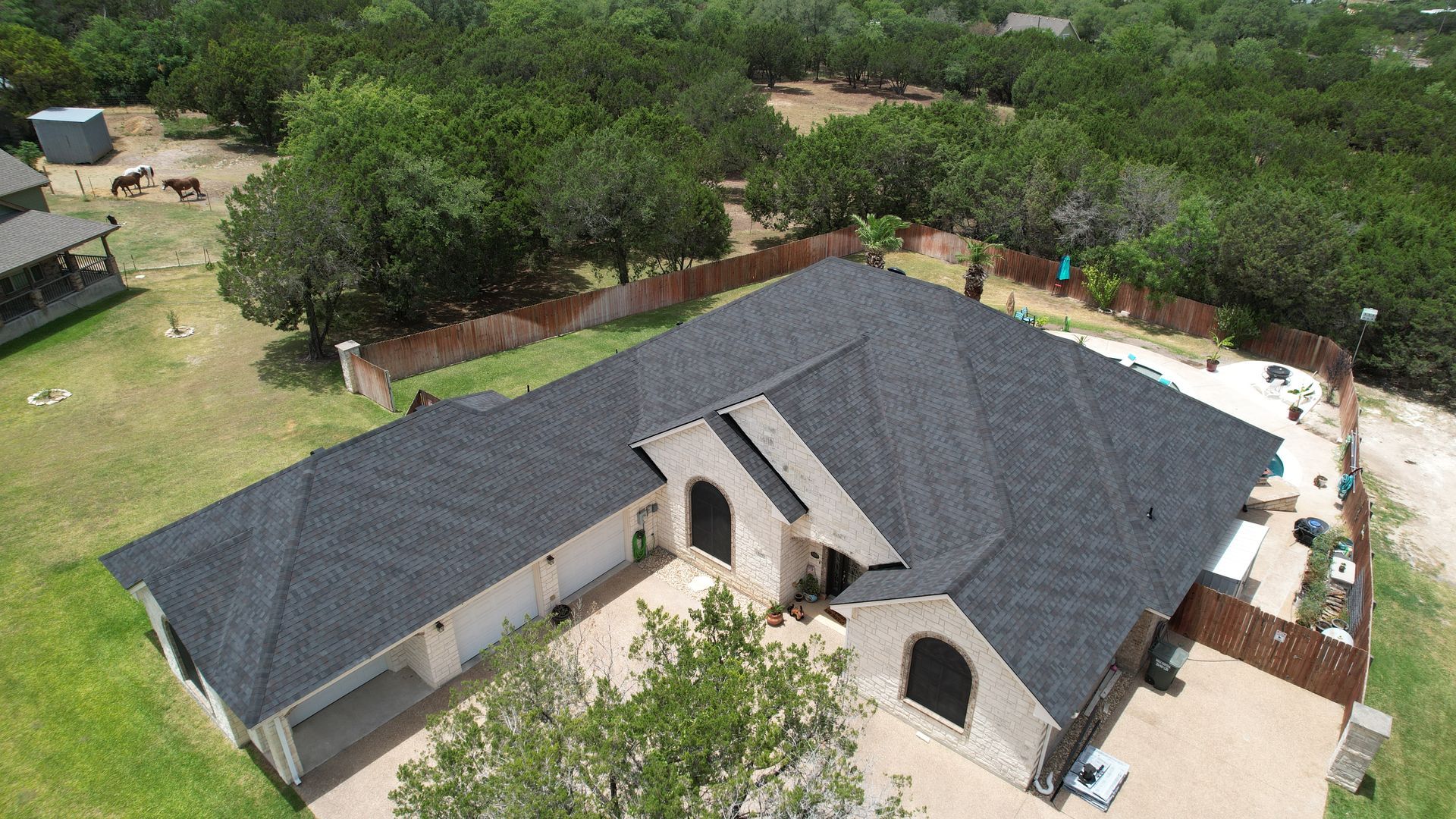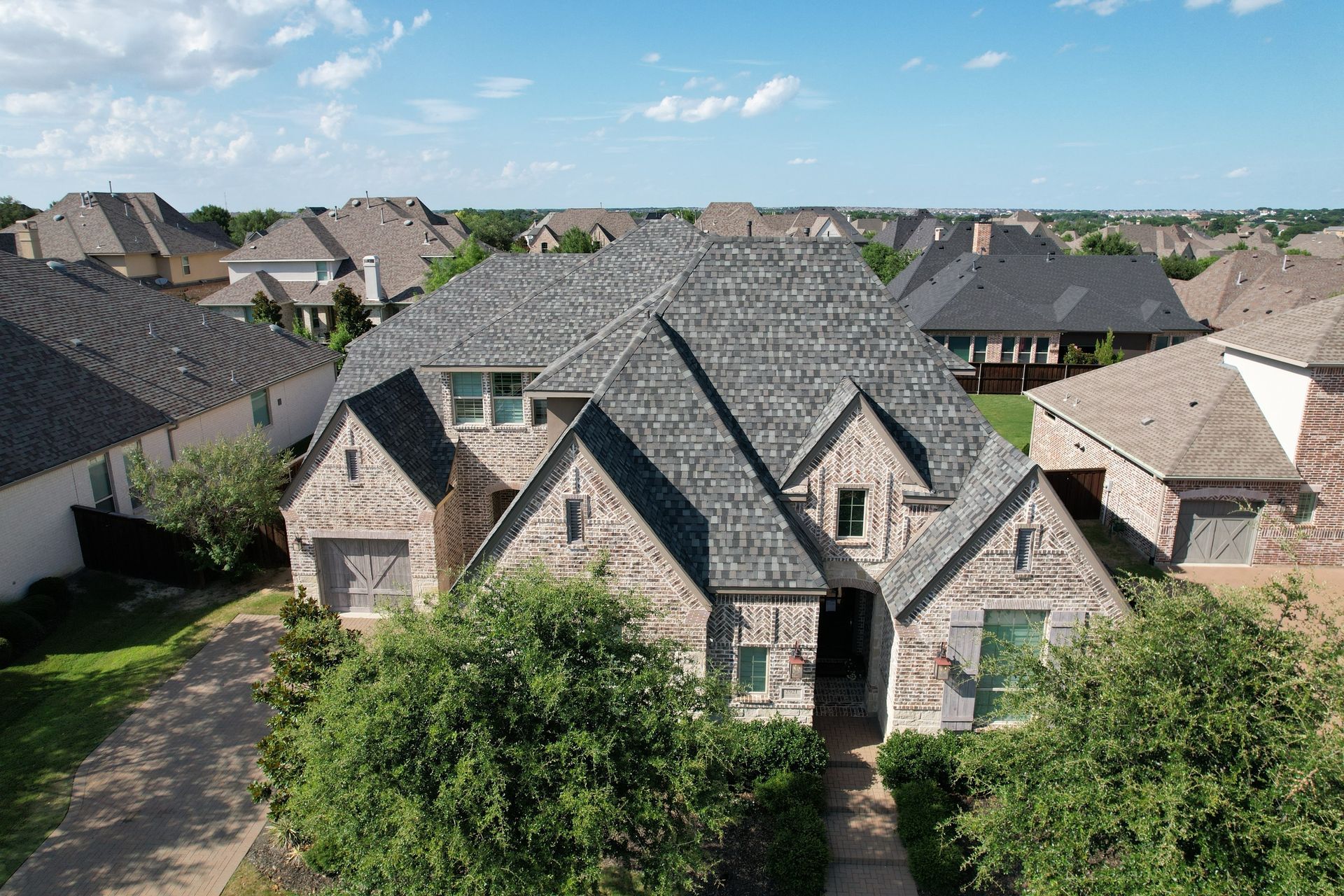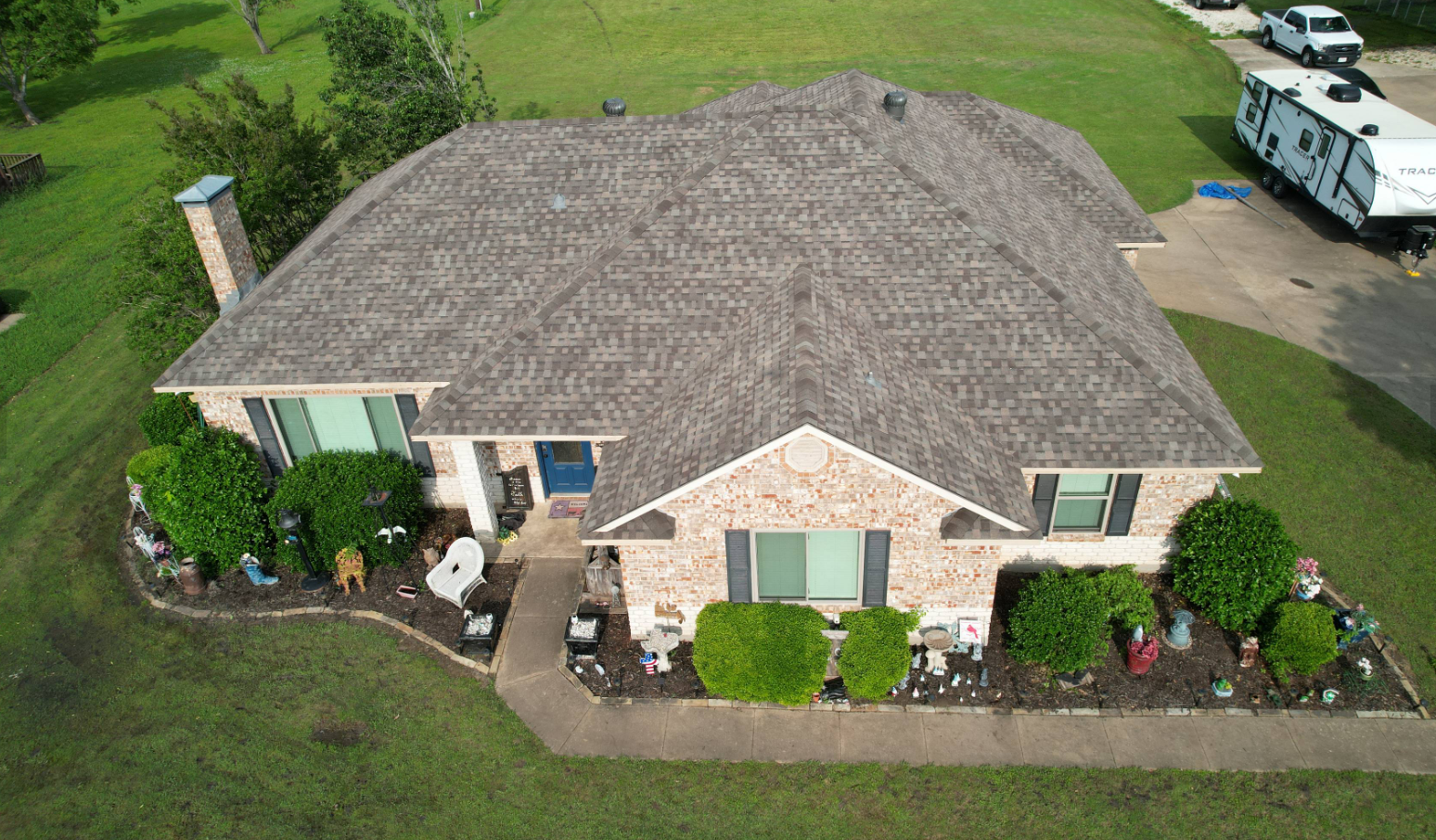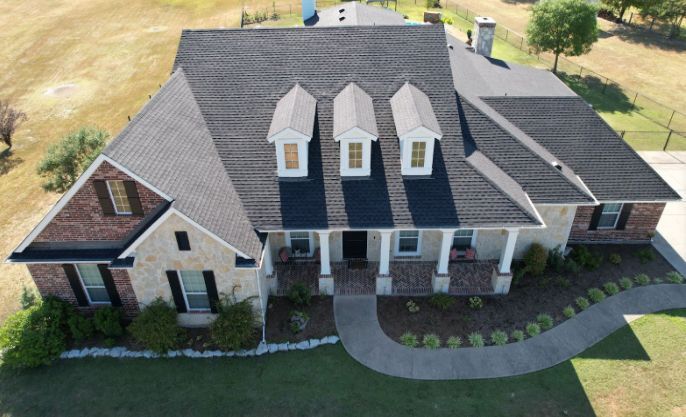Exploring Different Types of Roof Shingles
Roof shingles are not only essential for protecting your home from the elements but also play a significant role in its aesthetic appeal. From traditional asphalt shingles to eco-friendly options, there are various types available to suit different needs and preferences. Let's delve into some of the most popular types of roof shingles:
Asphalt Shingles
Asphalt shingles are perhaps the most common roofing material used in residential buildings. They are cost-effective, easy to install, and come in a wide range of colors and styles. Asphalt shingles are durable and offer good fire resistance, making them a popular choice for homeowners.
Wood Shingles and Shakes
Wood shingles and shakes provide a natural and rustic look to a roof. Shingles are machine-cut and have a smooth surface, while shakes are hand-split and have a more textured appearance. Cedar and redwood are common wood choices due to their natural resistance to decay and insects.
Metal Roofing
Metal roofing has gained popularity for its durability and energy efficiency. It can be made from materials like steel, aluminum, or copper. Metal roofs are lightweight, long-lasting, and recyclable. They are also excellent at shedding snow and rainwater.
Slate Shingles
Slate shingles offer unparalleled elegance and longevity. Made from natural stone, slate shingles are incredibly durable and can last for decades with proper maintenance. They come in various shades of grey, green, black, and even purple, adding a luxurious touch to any home.
Clay and Concrete Tiles
Clay and concrete tiles are known for their durability and distinctive appearance. They are fire-resistant, energy-efficient, and can withstand harsh weather conditions. These tiles come in different shapes, such as Spanish, mission, or flat profiles, offering versatility in design.
Synthetic Shingles
Synthetic shingles replicate the look of natural materials like wood, slate, or tile but are made from composite materials such as plastic polymers. They combine the aesthetic appeal of traditional shingles with added durability and low maintenance requirements.
Green Roofing
For eco-conscious homeowners, green roofing systems are a sustainable choice. These roofs are covered with vegetation, providing natural insulation, reducing stormwater runoff, and improving air quality. Green roofs can be extensive (low-maintenance plants) or intensive (lush gardens) based on design and maintenance needs.
Choosing the Right Shingles
When selecting roof shingles, consider factors such as climate, budget, architectural style, and maintenance requirements. Consult with roofing professionals to determine the best option for your home's specific needs and ensure proper installation for long-lasting performance.
In conclusion, roof shingles come in diverse materials and styles, offering both functional protection and aesthetic appeal. Whether you prefer the classic look of asphalt shingles or the timeless elegance of slate, there's a roofing solution to enhance your home's beauty and durability.

